Injection molding is a very versatile and incredibly useful manufacturing technique. It is most often used when working with plastics, but this process can also be used with other types of materials. Some of the other most commonly used materials for injection molding include various types of glass, elastic polymers, rubber, and even sugars. Some injection molded parts are made of more than one type of material and can also have metal hardware, although these involve extra steps in the process.
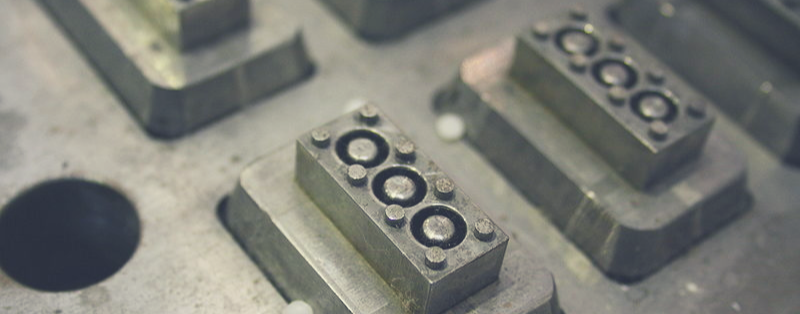
Injection molding design shares several similarities with die casting. It is frequently used alongside other manufacturing processes to create as many of the finished product’s components as possible. This process offers several advantages and is something that should at least be considered when planning to manufacture a new product. When large numbers of parts are needed, and they can be made of a moldable material, injection molding is often the best choice.
However, the injection molding process has its pitfalls, just like other types of manufacturing. Costs can become unnecessarily high if specific aspects of the project are left unchecked. Fortunately, there are numerous ways to control and reduce the cost of injection molding just from a design perspective. In addition to optimizing the design of parts and molds for this process, there are some other factors to consider that can help to reduce the production cost.
About Injection Molding
Let’s begin with an overview of using injection molding for manufacturing a new part or 3D product demo from start to finish. Of course, everything starts with an idea and the subsequent design. The design stage of creating an injection molded part offers many ways to reduce the production cost.
Once a design has been created that’s suitable for the process, production is typically outsourced to a molding shop. The staff at the job shop will then create molds and begin production.
As for injection molding itself, it’s basically a pressurized process of forming material in its liquid state and allowing it to cool and harden. This process actually requires a high amount of pressure, which is provided by a plunger. The action is similar to a super-powered version of a squirt gun, but with molten plastics and a high degree of control. This is the “flow” that is referenced when talking about injection molding. It is the actual movement of the liquefied material into and through the mold under pressure.
Molds that are used for this process may be made from several grades of tool steel. In some circumstances, they may be made of stainless steel or even aluminum. Which material is appropriate for the mold is determined by the material that will be flowing into it along with considerations like production volume, cost, and desired life expectancy of the mold.
These molds often have multiple cavities to allow for the production of multiple pieces at the same time. This allows a single mold to produce multiples of the same part, a variety of different components, or even multiples of several parts from a single cycle.
The plastics and other materials used in injection molding are often in a bead or pellet form. This allows for more efficient heating as opposed to a single large piece of material. The material is loaded into the barrel where it is heated into its liquid form.
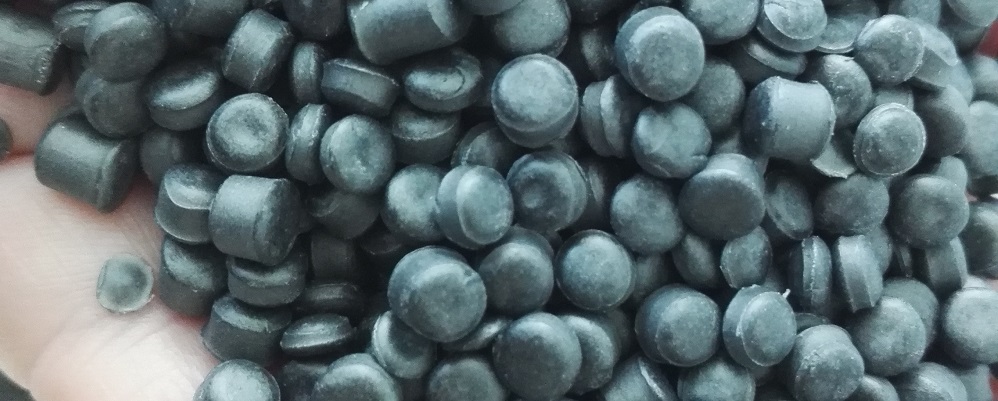
The liquid then flows forward to a check valve. This is essential to the process. The check valve allows the material to be injected in the same volume each time. The amount of material in the injection is known as a shot.
Once the material has been forcefully injected into the mold cavity, the material has time to cool and set. If insert molding is going to be included, those components will be placed before the material has cooled completely.
After the material in the mold has cooled and returned to a solid-state, it is ejected from the mold. Molds with an appropriate amount of draft and the correct surface finish allow parts to be ejected easily and efficiently.
Benefits of the Injection Molding Process
The injection molding process offers several unique benefits that make it an appealing choice in many situations. Let’s take a close look at what these benefits are and where they can be best applied.
Benefit 1. – Geometric Possibilities
Because of the way the process works, injection molds can be created to form nearly any shape you can think of. This leaves the possibilities open to the limits of your imagination and engineering abilities. For example, with a process like CNC machining, manufacturing a round part with spokes or teeth such as a gear can be a tedious and time-consuming job.
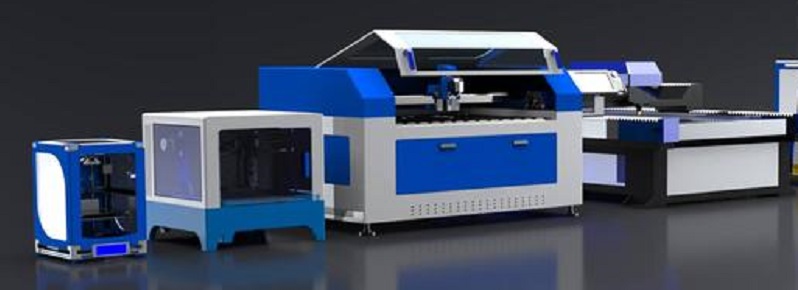
Compare this to injection molding. Instead of working from a piece of material and shaping each area one feature at a time, you can have molds built to form the shape you need and perhaps produce many of the same gears in a very short amount of time.
While different materials would be used in these two very different processes, the potential amount of time and money that could be saved by using injection molding is very substantial. A gear is just one example.
Awkward shapes are also prime candidates for injection molding because of this same flexibility. As long as the shape you need can be cut into the mold, then that shape can be molded. However, it is still important to focus on design quality so that the desired shape has enough integrity to be molded and function correctly.
One of the factors driving this flexibility in geometry options is the use of conventional or RAM EDM in the mold building process. Unlike traditional machining with a mill or lathe, conventional EDM uses customized electrodes with a controlled electrical current to remove material. Since the electrodes have to be customized for each job, this allows unique shapes to be created. The cut geometry is not limited by standard cutter sizes or many other limitations found in traditional machining.
Benefit 2. – High Production Rates
Compared to many other methods of manufacturing services, injection molding is a rather speedy process. Around half of the typical cycle time is necessary for the cooling stage, but overall, the whole process is swift. Comparing this process to machining once again, gang runs are possible in some scenarios with favorable geometry and fixtures. The key phrase there is “some scenarios.” With injection molding, the mold can just be designed with multiple cavities featuring the same shape. This will allow numerous parts to be created in a single cycle.
When we think about the time it takes to create a single part, the difference is even more drastic because of the characteristically fast cycle times of injection molding. If the mold is designed with multiple cavities, then you’re already producing multiple parts per cycle. So, now what we have is a process that is creating multiple parts in a very short time. With traditional machining, similar parts would likely have to be made one at a time. The time it takes to make a single part would likely be many times greater than the short cycle time of injection molding.
Benefit 3. – Material Choices

Thermoplastics make up a large portion of the materials used in this process. This is due to their unique physical properties and the way these properties complement the injection molding process.
The term thermoplastics is rather broad and includes an impressive number of specific materials. This class even has a large number of subclasses to sort through before getting into the individual materials.
The sheer number of materials that can be used in the injection molding process creates great flexibility in the type of products that can be made with it along with the designs of those products.
Multiple materials can be used in the manufacturing of each piece if desired. Some injection molding machines are equipped to handle this exact task. This could be something as simple as using two different colors of PVC for cosmetic concerns, or it could be adding a different material altogether for functional purposes such as a grip pad.
Common Uses and Applications of Injection Molding
Due to the speed of the injection molding process and the many options it offers, it is used in a variety of industries today. It is particularly well-suited for very high-volume production.
One of the most commonly seen applications of injection molding is the production of solid one-piece products. Buttons have been made this way for many years. The same is true for a number of other simple products. Some other examples include bottle caps, pocket combs, and a significant number of packaging components.
However, injection molding is not limited to producing small simple parts. As mentioned earlier, gears are often made with this process. The speed with which this kind of geometry can be created through injection molding is just incredible compared to other means of manufacturing.
Large parts are created through this process as well. Solid plastic furniture such as some outdoor tables and chairs are great examples of larger products that are often made with injection molding. This process is even utilized for making some automotive components. Today, injection molding is used by a wide range of other industries as well, even extending into the medical and construction fields.
As far as the materials that can be used for this process, it’s difficult to pin down an exact number. Each year tends to bring hundreds of new options to the market. Presently, it is safe to say that there are tens of thousands of different materials that can be used for injection molding. That’s a tremendous number of options and this figure speaks to both the popularity and versatility of injection molding.
Common Defects
While injection molding is very impressive with a wide range of possibilities, there are some common defects in parts that are made through this process. They should be considered during the design stage because many of them can be reduced or eliminated by incorporating appropriate geometry and features. Here are some of the most common injection molding defects. The defects covered here can be affected by the design, but they can be caused by other factors as well.
Blisters
A blister on a part can be a bubble or a raised area with visible layers. In the injection molding process, blisters are the result of too much heat or inadequate heat distribution. The excess heat can be caused by malfunctions during the molding process, but it can also be caused by the design of the mold. If sufficient cooling features aren’t present, blisters can be expected in the parts.
Jetting
Jetting can create a wavy and uneven pattern in the part. Mold design can be a direct factor with jetting. Jetting is the result of poor and uneven material flow. This could be caused by the features of the mold or the settings used during injection.
Short Shot
When an incomplete part is formed, it’s usually what’s known as a short shot. The part may be missing an entire section or it could have a gap somewhere. Either way, the part doesn’t have as much material as it should. This is frequently caused by air or another gas being trapped in the mold. Typically, this can be avoided by including proper venting in the design.
Flash
Flash is a thin layer of extra material that extends beyond the geometry of the part. This occurs more frequently as the molds age and begin to wear. However, it can also be caused by improper closure of the mold in terms of pressure or alignment.
Voids
Voids in injection molded parts share some similarities with short shots, although the flaw may not be as obvious visually. One of the main similarities is that both of these defects can be caused by the presence of trapped gas in the mold.
Weld Lines
A weld line is an unintended spot where you can see that the material met. This is caused by poor flow when more than one injection is used in the mold. Weld lines are not a concern for molds that have a single injection site. However, if multiple injections are necessary for your design, there are other ways to prevent weld lines.
Warping
Warping can create parts that are bent or deformed. This is another heat-related issue. Designing a mold with uniform wall thickness and proper cooling features will go a long way towards preventing warping.
Tips for Injection Molding Design
When it comes to creating a new part that is going to be produced with injection molding, the quality of the part design and mold design will play a large role in keeping the process smooth. Factors like what kind of material the mold is made from are part of the picture as well, but that will be covered later. First, let’s take a minute to focus on design.
Tip 1. – Be Aware of Corner Geometry
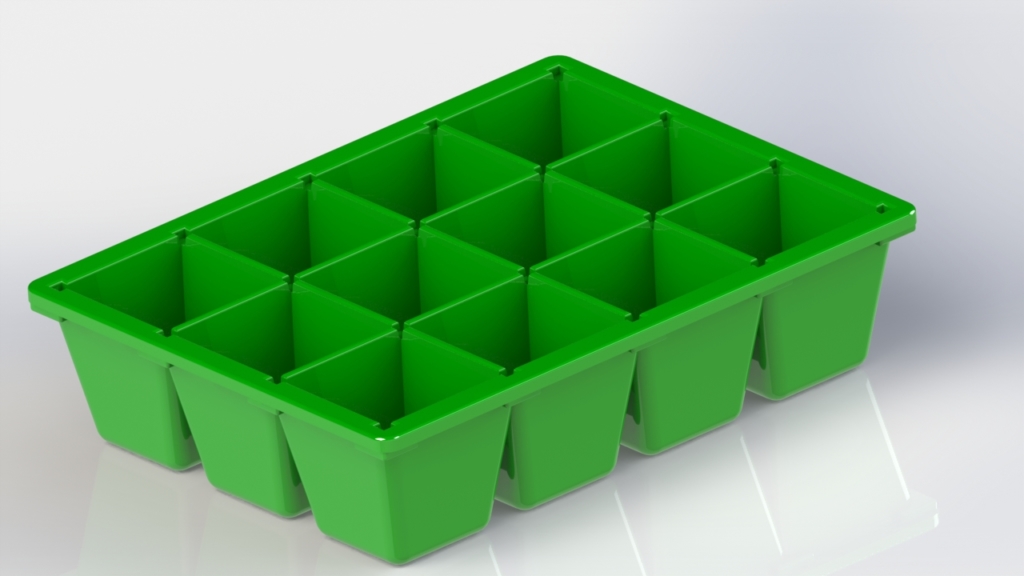
Much like in the case of traditional or CNC machining, sharp corners are something that should be avoided if at all possible. In an injection molding scenario, sharp corners can increase the cost of creating the molds as well as interfering with flow during the molding process. In other words, they add to costs both now and in the future.
Instead of leaving sharp corners, opt for a chamfer or a radius instead. Both of these features will be easier to machine into the mold than a sharp corner. However, it is worth noting that a radius is the most desirable option. This is the best choice to ensure proper flow during the injection molding process. While chamfers are still better than a sharp corner, a radius will actually aid material flow. As a general rule, a larger radius is less costly to machine into the mold as well.
Tip 2. – Use Suitable Draft
Draft is absolutely critical in mold design. Adding this slight amount of taper to flat surfaces in the mold will make a tremendous difference in the ejection stage of the process. If these flat surfaces are left perfectly vertical, then ejection becomes very problematic. When the ejection stage of the process is interrupted, then proper cycle times tend to go out the window.
One of the most significant advantages that injection molding offers is its quick production times, so make sure that proper draft is included in the mold design. When an adequate degree of draft is present in the mold, parts should eject easily and efficiently.
Tip 3. – Pay Attention to Wall Thickness
Uniform wall thickness is essential for proper heat distribution during molding. If heat is not distributed evenly, then it will show in the final part. The wall thickness plays a critical role in preventing some very avoidable defects. This is more about allowing heat to dissipate at a consistent rate across the entire mold, since the temperature of the material is controlled by the machine.
Warping and blisters can both result from inadequate heat distribution, and both of these defects result in scrap parts. Keeping uniform wall thickness in mind during the design stage is one of the simplest ways to reduce or eliminate defects like these.
Tip 4. – Utilize Design for Manufacturing
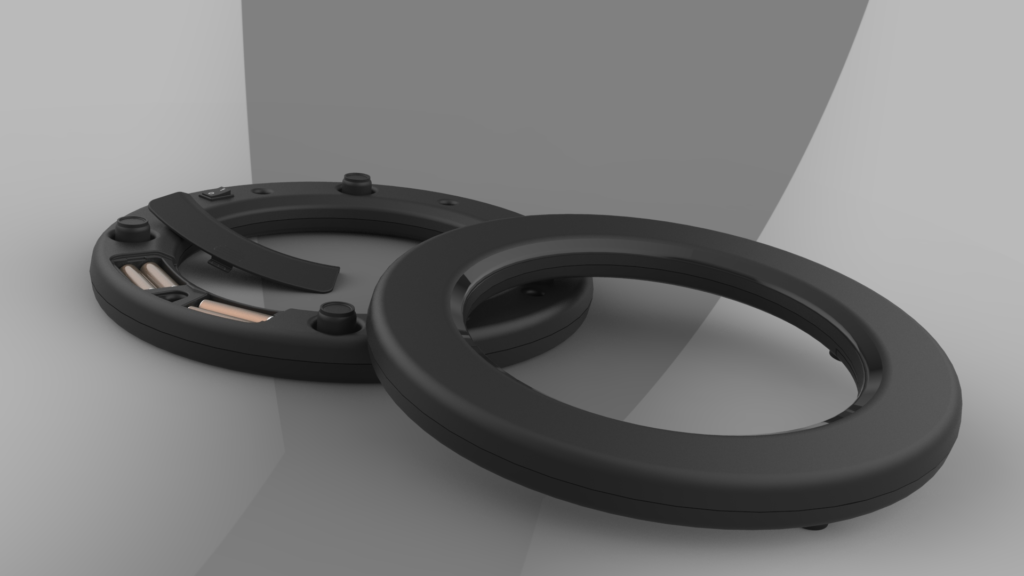
Design for Manufacturing, or DFM, is a school of thought that prioritizes efficiency during the manufacturing process by emphasizing design changes and optimization. Design for Manufacturing is a specialized process. With a DFM analysis, the features of the part or product are examined along with the intended manufacturing method.
The point of the analysis is to find all of the areas that could be optimized to make manufacturing that part faster, easier, and less costly. DFM is a very established process. It has been utilized with impressive results for decades and can reduce manufacturing costs by a significant margin. Since injection molding projects tend to be high volume, a DFM analysis of the part and design would likely prove to be very valuable.
Tip 5. – Make Use of All Available Space
One of the best things about injection molding is that a single mold can be created with multiple cavities. The cavities don’t have to make the same part either. A single mold could be created to make four different parts at the same time. That being said, a mold could very easily create quantities of the same part.
Since there are so many choices here, make sure that all available space in the mold is being used as effectively as possible. Whether that means adding another cavity or changing the size, just make sure that you take advantage of all the space in the mold.
Tip 6. – Build in Functions
Depending on what the part or product is, some additional features may be necessary for it to function properly. This could be anything from a hinge to hardware that allows the part to be attached to another component.
In the case of a hinge, this can be built into the design with a living hinge. By building features into the design, secondary processes can be eliminated. Any time secondary operations are reduced or eliminated, overall costs are reduced as a result.
If the features you need require a material that is not compatible with injection molding, consider insert molding. In the case of insert molding, screws or other components are placed in the part as it cools in the mold.
Tip 7. – Take Advantage of Symmetry
Making use of symmetry and self-mating parts is a concept that can be found in Design for Manufacturing. It absolutely applies to injection molding. If it is possible to modify left and right parts so that you just need to produce twice as many of a part that can fit both positions, this can help to reduce costs.
Designing parts to be symmetrical or self-mating can also reduce the cost of making the molds. The initial cost of building injection molds can be quite substantial, so don’t overlook this.
Tip 8. – Consider Production Quantities
The volume of parts that are expected to be needed is an essential factor. Should production be facilitated by making a single mold with numerous cavities creating an entire batch of the same parts? Should more than one mold be in use at a time? Is this project something that will likely require 5,000 parts or 500,000? Think about desired production volume when designing the molds.
Tip 9. – Think about Finishes and Tolerances
Finishes and tolerances are a touchy subject in manufacturing, regardless of which methods are being used in production. Setting the bar too high for finishes or tolerances can drive up costs very quickly. In the case of injection molding, the time to be concerned with this is when the mold is being built.
The tolerances and finish requirements of the mold will determine which methods will be most appropriate for creating it as well as how long it will take and how much it will cost. Depending on the function of the molded component, a lower quality finish may be acceptable in some areas of the mold.
The best example of this would be an area of the part that the consumer design service will not see. If the mold doesn’t have a great finish in the area that forms that surface, it won’t have a significant impact on the perceived quality of the product.
Tip 10. – Pay Attention to Part Size
Part size is a bit of a tricky subject, but you need to consider it. In some cases, the original size is absolutely necessary and cannot be modified without losing function. In other cases, the size of the part could potentially be reduced enough to fit additional cavities for the same part in the mold.
If more than one specific size is a feasible possibility for the part, then this avenue should be explored. It may yield a way to decrease cost, increase production speed via quantity increase, or both.
Q&A
How much does an injection molding project cost on average?
Of course, the cost of injection molding projects can vary significantly from one project to another. However, there are some very rough numbers that can be considered even if you are still at the beginning of the design stage. On the low side of things, it will safely cost at least $10,000 to get the project moving.
There are plenty of factors that can affect the cost of the project, so there is really no specific upper limit, especially if a number of molds must be built. For a higher average, it’s not uncommon for injection molding projects to climb into the six-figure range.
Can injection molding be used for parts that aren’t needed in large quantities?
Injection molding is known for being a very cost-efficient method of manufacturing. It really shines with high volume production, but it can be used for smaller operations as well. If that is the case, there are some changes that should be considered.
For example, it may be more appropriate to have aluminum molds built instead of steel. Aluminum injection molds will wear faster than steel injection molds and ultimately will produce fewer parts. However, aluminum molds are also less costly to build. Depending on the specifics of the situation, they may provide plenty of life.
Are all injection mold shops the same?
Not all injection mold shops are created equal. Specialties exist here just as they do in other types of manufacturing. While there are plenty of shops that do a bit of everything without having a predominant specialty, there are also many injection molding shops that have specialties.
What these specialties are varies. It could be working with a specific material or group of materials, molding parts with unique features, handling production at a certain level of volume, or even something else. When you begin searching for a company to take care of the injection molding for your project, try to find one that specializes in what you need. General injection molding shops are typically fine, but an injection molding shop with a known specialty may be a better choice.
What’s the difference between injection molding and die casting?
There are a significant number of similarities between injection molding and die casting. The real difference between these two processes is that die casting uses metal and injection molding uses non-ferrous materials like polymers and thermoplastics.
Is injection molding right for my project or is there a better choice?
This depends on the specifics of your project and your circumstances. Injection molding can be a very cost-efficient method of manufacturing, but it does come with substantial upfront expenses in most cases.
In addition to cost, production volume and the overall scope of manufacturing the product need to be considered as well. Does your project only require injection molded parts, or are they just one component in a unit? Will secondary operations or components made via other methods be required? Is it acceptable to dedicate a large portion of the production funds to injection molding? These are all questions that should be considered if you aren’t sure about whether injection molding is right for your project or not.
In some cases, you may be better off to make your product from metal and use die casting instead. If production volume is expected to be low, then it may be more advantageous to use CNC machining or even another manufacturing method.
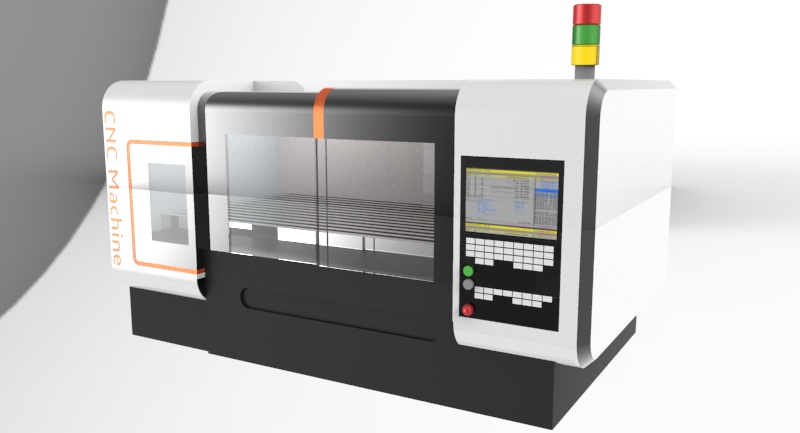
Definitions
Flow – The term flow in injection molding refers to the movement of liquid material during the molding process. The design of the mold must allow for proper flow. Otherwise, the mold will be prone to producing low-quality or even scrap parts.
Shot – In injection molding, a shot is the precisely measured amount of liquid material that is injected into the mold at one time. The shot builds up behind a check valve before moving forward into the mold.
Insert molding – This is the process of placing an additional component into the molded part while it cools. Typically this is used for placing hardware such as screws or bolts.
Cavity – The cavity is the open space inside a mold. The liquefied material fills the cavity when it is injected into the mold. An injection mold may have more than one cavity.
Draft – When referring to a mold, the draft is a slight angle that is added to surfaces. This is a functional aspect of the mold’s design, it helps to make sure that the part can be ejected from the mold quickly and easily once the material has cooled.
Thermoplastic – Thermoplastics are one of the most commonly used materials in injection molding. This class of plastics is known for being moldable at high temperatures.
Resins – The term resin is often used when referring to the materials used for injection molding. It refers to materials that fall into the category of polymers, such as nylon and polystyrene.
Design for Manufacturing – Design for Manufacturing, or DFM, is a style of engineering. It looks at the features of a part or product and the means that it will be manufactured by. Changes are made to the design to make the part or product easier and more efficient to manufacture. It typically results in substantial savings during the manufacturing process.
Prototyping for Injection Molding
The process of injection molding has some unique factors during production. Things such as flow, cooling, and venting come to mind. During the prototyping process, you eventually have to make the jump into building an injection mold, but until then, it usually makes more sense financially to stick with 3D printing or machining. Once a final design for the part or product has been settled on, then it’s time for the molds. The last thing you want is to pay for top quality molds and then scrap them when they can’t be used for full-scale production because of design changes.
After all the kinks have been worked out of the prototype, start talking with moldmakers and toolmakers. They’ll be able to provide you with accurate insight according to the specifics of your design.
| Prototyping | On-Demand Production | |
| Goal | Proving a concept or design | Filling orders for parts that are already in demand |
| Appropriate Circumstances | -Very low volume -Keeping upfront costs to a minimum is necessary -Production is expected to be short-term | -Higher production volume -Lower part prices are more important than upfront costs -Production is expected to be long-term |
| Upfront Costs | Lower upfront costs | Higher upfront costs |
| Part Prices | Higher part prices | Lower part prices |
Choosing a Material
The material that you choose to use for injection molded parts has a very large impact on the production cost. Aside from design quality and machining the molds, the material of the parts is one of the most significant factors on overall cost.
Well-known materials can often get the job done. Materials like nylon, polyethylene, and polystyrene are frequently used by product design services because of their price and the range of applications that they are suitable for. Many impressive designer materials have made their way to the market for specific and highly demanding applications. The downside of this is that these cutting-edge options can multiply the material cost of the project. The increase could be as high as ten times or more in some cases when comparing standard materials with new specialty options.
Mold Material Selection
The standard material for this type of mold is tool steel. There are some grades of tool steel that were developed specifically for building molds. These molds tend to have the highest initial cost compared to other mold material options. They also offer the greatest long-term value for high production scenarios.
Steel molds can be separated into two categories, hardened steel and pre-hardened steel. top-quality tool steel molds mentioned just above fall into the hardened steel category. They are heat-treated to a Rockwell hardness in the range of 50-60. The pre-hardened molds cost a bit less to make, but they don’t offer the same amount of life. These pre-hardened steel molds are actually softer.
Aluminum is a common choice for the molds as well. Aluminum molds are less costly to have machined. They cost less on the front end, but they do not offer the same amount of life that a steel mold does. An aluminum mold will need to be replaced before a steel mold, but if production volume is on the lower side, then this may not even be an issue.
Ready to Get Started?
If you’re beginning a new project that will need injection molding, you’re going to need an experienced CAD service to help create the most effective and cost-efficient designs possible. When you’re ready to find an injection molding engineer or designer, we can help make the process as simple as possible for you.
At Cad Crowd, only proven, vetted talent is added to our pool of confidential designers and engineers. During the design process, many clients are concerned about the privacy of their information and intellectual property rights. When you choose to work with a freelance injection molding designer from Cad Crowd, you don’t have to worry about either of these factors. It’s standard practice to use non-disclosure agreements and intellectual property rights belong to the client.
If you’re ready to find an engineer to help with your next injection molding project, then you can start the process by getting a quote today.
